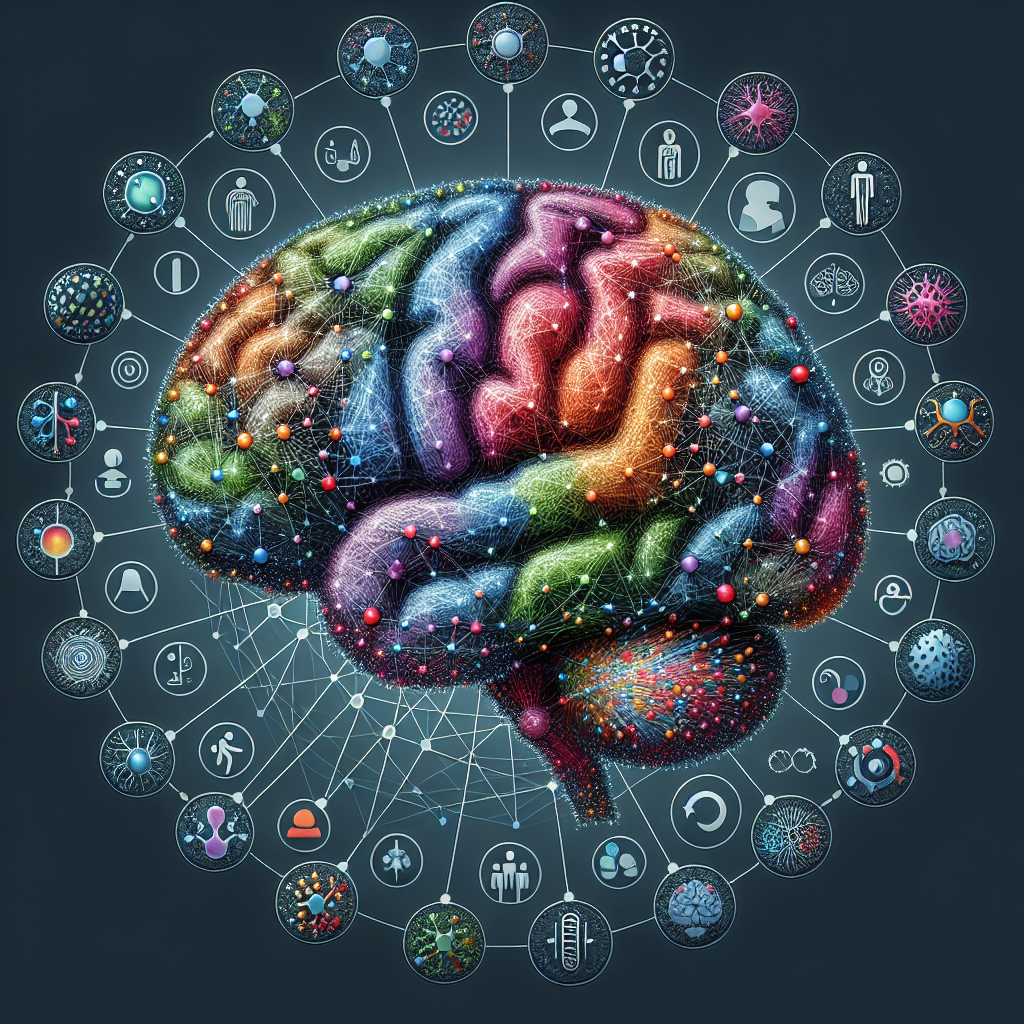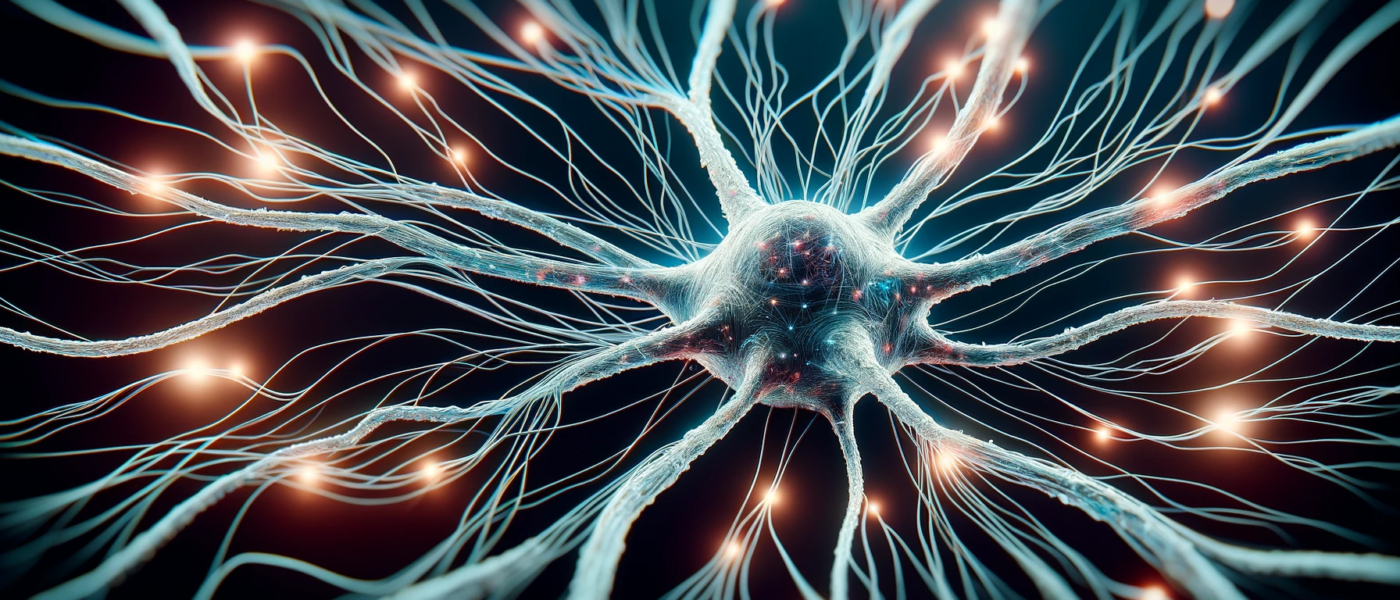Neurorehabilitation: Rewiring The Brain For Improved Functionality
Discover the fascinating world of neurorehabilitation and learn how it leverages the brain’s plasticity to improve functionality and patient’s wellbeing.
Let’s embark on an enlightening journey as we explore the vital role neurorehabilitation plays in enhancing brain functionality. Guiding you through the intriguing concept of neuroplasticity, the brain’s incredible ability to rewire itself, we’ll highlight the innovative techniques and therapies employed in this field. From physical and occupational therapies to speech and language rehabilitation, each plays a unique role in reintegrating patients back into their daily routines. Furthermore, pioneering technologies like Virtual Reality and Brain-Computer Interfaces are reshaping the landscape of neurorehabilitation, offering new hope and exciting success stories. ‘Neurorehabilitation: Rewiring the Brain for Improved Functionality’ is sure to ignite your interest, providing fascinating insights into this dynamic field.

Defining Neurorehabilitation
First things first, let’s delve into the definition of Neurorehabilitation. Neurorehabilitation is a complex medical process which aims to aid recovery from a nervous system injury, and to minimize and/or compensate for any functional alterations resulting from it. In essence, it’s all about assisting patients who have neurologic related issues so that they can achieve the best possible long-term functional outcome. It’s a very patient-centered field, utilizing different types of therapies to help individuals regain function, improve symptoms and enhance one’s quality of life.
The Need for Neurorehabilitation
When might someone need neurorehabilitation? Think about any condition or incident that affects the nervous system. This can range from traumatic brain injuries, stroke, spinal cord injuries, to neurodegenerative diseases such as Parkinson’s Disease and Multiple Sclerosis. These can have a profound impact on an individual’s motor, cognitive and sensory functions, disrupting their ability to perform their daily activities efficiently. This is where neurorehabilitation steps in, aiming to enhance function, reduce symptoms and improve the well-being of patients.
Understanding the Brain’s Plasticity
To delve deeper into the neurorehabilitation, we need to understand a core concept – the brain’s plasticity. Plasticity, or neuroplasticity, is the brain’s miraculous ability to change and adapt over time. For a long time, it was thought that the brain is a static organ, locked and unchanging post-childhood. However, contemporary research has shown that our brain is capable of learning, adapting and even healing itself throughout our entire lives. This idea is fundamental to neurorehabilitation.

Neuroplasticity: The Brain’s Ability to Rewire Itself
Neuroplasticity is like the brain’s magic trick – it’s an intrinsic ability to form new connections, pathways and re-organize its structure. It occurs on a variety of different levels, from changes due to learning, memory formation to large scale changes seen in response to injuries. When a brain injury happens, the areas of the brain responsible for certain functions may be damaged. But, thanks to neuroplasticity, other parts of the brain can sometimes take over these roles.
The Role of Neurorehabilitation in Promoting Neuroplasticity
This is where neurorehabilitation becomes an essential tool. Neurorehabilitation leverages the concept of neuroplasticity by encouraging the injury-altered brain to rewire and form new connections. This can be done through repetitive, targeted physical and cognitive exercises. These systematic and progressive activities are tailored to each individual and activated their necessity to learn and adapt, thus promoting their plasticity. By harnessing neuroplasticity, we can enhance recovery and restore functionality.
Common Techniques and Therapies in Neurorehabilitation
The field of neurorehabilitation employs a number of techniques and therapies, tailored to suit individual needs. These can involve physical therapies, cognitive therapies, occupational therapies, and more. One of the critical elements of neurorehabilitation is the integration of different therapies, working together in a multi-disciplinary team to approach the patient’s needs holistically.
Physical Therapy for Neurorehabilitation
Physical therapy plays a crucial role in neurorehabilitation. This focuses on improving motor capabilities and movement, which can severely be affected by neurological damage. Therapists work with patients to increase their strength, flexibility, balance, and coordination through different exercises. They also aim to increase overall endurance, decrease pain and prevent further injury.
Occupational Therapy for Neurorehabilitation
Another vital part of the rehabilitation process is occupational therapy. Here, the main goal is to improve the performance of daily activities, or occupations, hence its name. Whether it’s getting dressed, cooking, working, or even leisure activities, occupational therapists help to adapt the environment, modify the task, teach the skill, and educate the patient.
Speech and Language Therapy for Neurorehabilitation
Speech and language therapy is particularly crucial for patients who have communication difficulties. Injuries or conditions that affect the parts of the brain responsible for speech and language can leave patients unable to express themselves or understand others. Speech and language therapists work on improving speech recognition, language comprehension, and verbal expression, aiding patients to communicate more effectively.
Neurorehabilitation: Rewiring the Brain for Improved Functionality
In conclusion, neurorehabilitation is all about leveraging the brain’s incredible capacity for change, its plasticity, to improve functionality and enhance the quality of life for patients living with neurological conditions or injuries. No matter the techniques or therapies involved, the ultimate goal is to help individuals achieve the highest level of independence and quality of life possible. Through these processes, we are literally rewiring the brain for improved functionality, an exciting and promising prospect.

